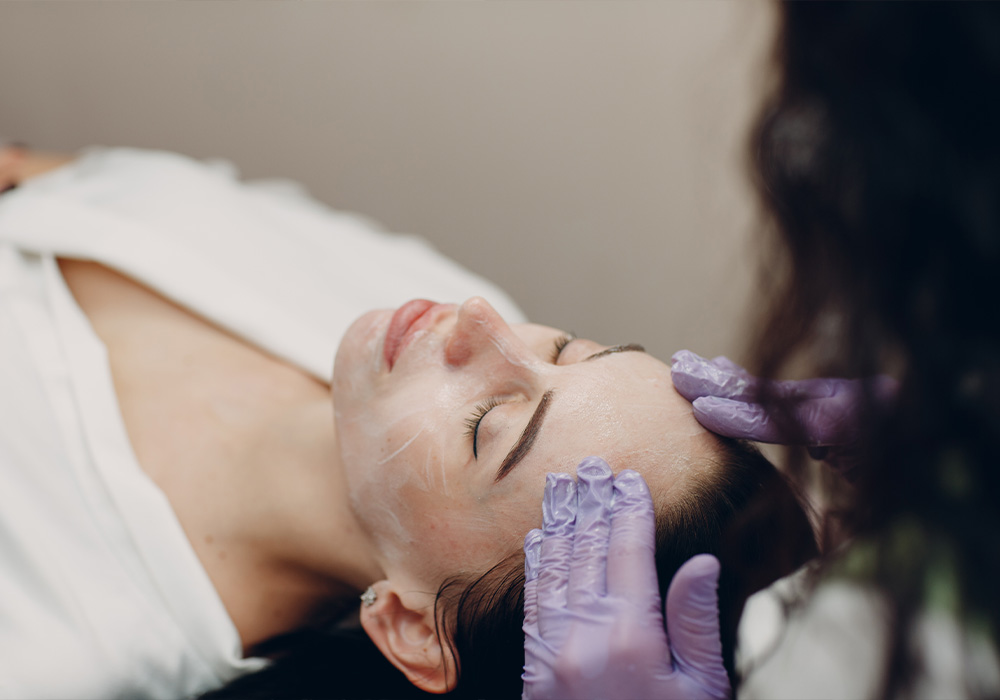Patients today are faced with a myriad of noninvasive options, promising a youthful look without the downtime of surgery. However, according to Pittsburgh plastic surgeon Leo R. McCafferty, MD, whether it’s filler fatigue or getting used to the effects of Botox Cosmetic, sometimes it takes more than a noninvasive approach to achieve the best results.
“I believe it’s crucial for patients who are starting their journey into facial rejuvenation to genuinely explore both noninvasive and invasive, so-called surgical procedures. Some noninvasive procedures, surprisingly, have more downtime than their surgical counterparts,” says Dr. McCafferty. “It’s important that people see a board-certified physician that has knowledge in both hemispheres, if you will, because patients can spend tons and tons of money on things that just don’t do much.” Here, he shares the best combinations that take his patients over the nonsurgical slump.
The “Gold Standard” of Rejuvenation
Dr. McCafferty emphasizes the enduring effectiveness of the facelift, labeling it as the “gold standard” for facial rejuvenation. Despite the surge in noninvasive procedures, the facelift remains unparalleled in its ability to comprehensively address various aging concerns.
“There are a lot of rejuvenation procedures out there that claim to rejuvenate the face without surgery. While some are good, the facelift has remained the gold standard for rejuvenation,” he explains. Dr. McCafferty encourages patients to consult with a board-certified surgeon who can customize the appropriate facelift for them.
“While you can certainly try to contour the face with injectables and nonsurgical treatments that promise to lift, there is no substitute for a facelift. Today’s procedures are done in such a way that recovery is minimal. A mini-lift is great for someone with early to moderate aging of the cheeks, jowls and neck. The deep soft tissues require less extensive modification, and, therefore, the incisions are shorter, allowing for a quicker recovery.”
Addressing Individual Concerns
A facelift is just one option. For those who are experiencing signs of aging faster than their bi-yearly in-office treatments can keep up with, Dr. McCafferty recommends addressing those concerns one by one. He says his patients often use their hands to illustrate desired changes. Understanding individual priorities, he systematically evaluates the forehead, eyebrows, eyes, upper lids, lower lids, face and neck to tailor a personalized plan, which is sometimes a mix of surgery and nonsurgical treatments.
“I look at the forehead, position of the eyebrows, eyes, upper lids, lower lids, face and neck. Most patients don’t need a browlift. Brows haven’t changed much with aging, but upper eyelid skin and puffiness can be addressed surgically,” Dr. McCafferty states. “While Botox is suitable for many patients, an upper lid blepharoplasty, often combined with a neurotoxin, can address specific concerns around the eyes.”
The Art of the Browlift
For those requiring a browlift, Dr. McCafferty employs minimally invasive techniques to ensure natural-looking results. “Typically, browlifts are done in the office under twilight anesthesia. Small incisions, often with an endoscope, are made for minimal scarring. If only the outer brows need lifting, a temporal browlift can be done through a small incision inside the temporal hairline,” Dr. McCafferty details.
Staging Procedures
Part of Dr. McCafferty’s approach involves creating a timeline when employing a combination treatment plan. “When it’s unclear which is the major culprit in aging around the upper lids and brows, it’s better to start with the upper eyelids. If the patient is satisfied, you can leave the eyebrow. If not, a browlift can be safely performed later,” he advises.
This approach to facial rejuvenation is rooted in a nuanced understanding of each patient’s unique needs. By combining noninvasive and surgical techniques, he guides patients towards a refreshed appearance without the telltale signs of extensive work.
His philosophy emphasizes the importance of informed choices, precision in surgical techniques and a personalized approach to turning back the clock at least a full decade.

















